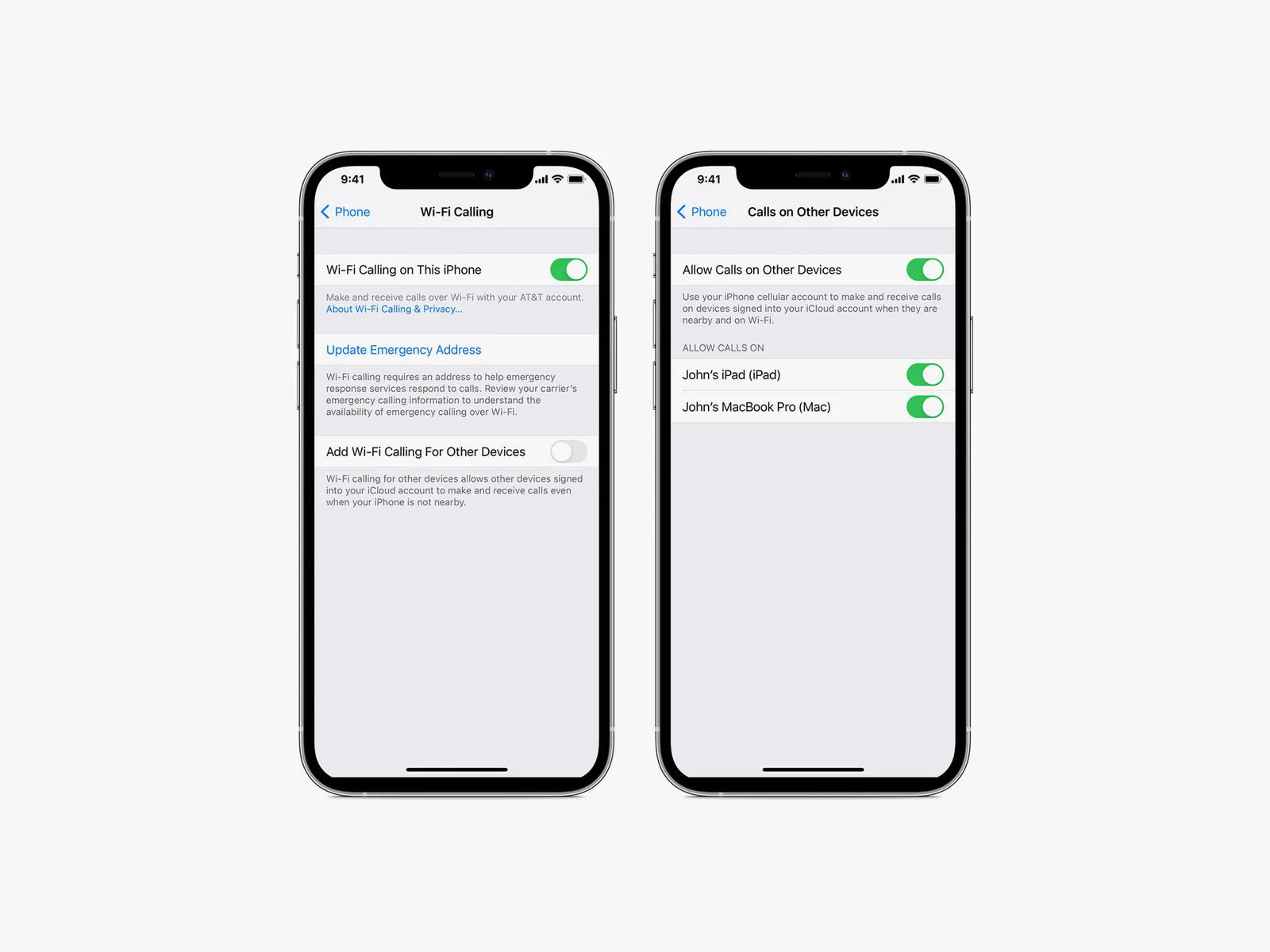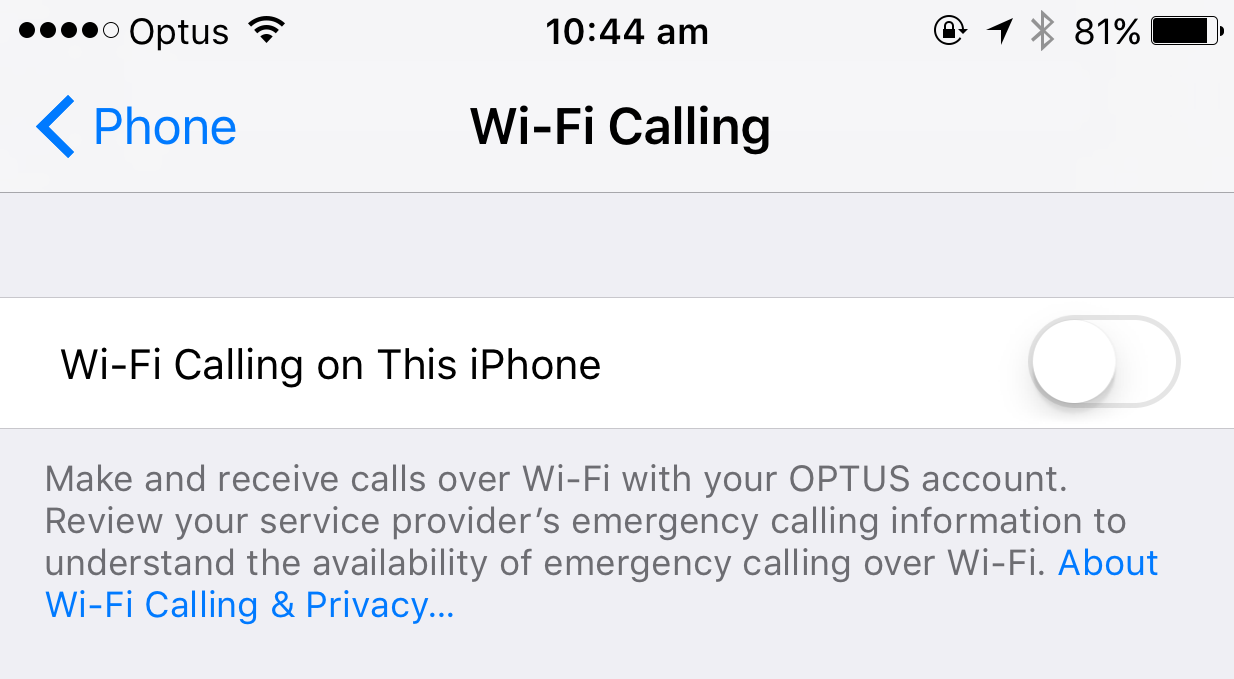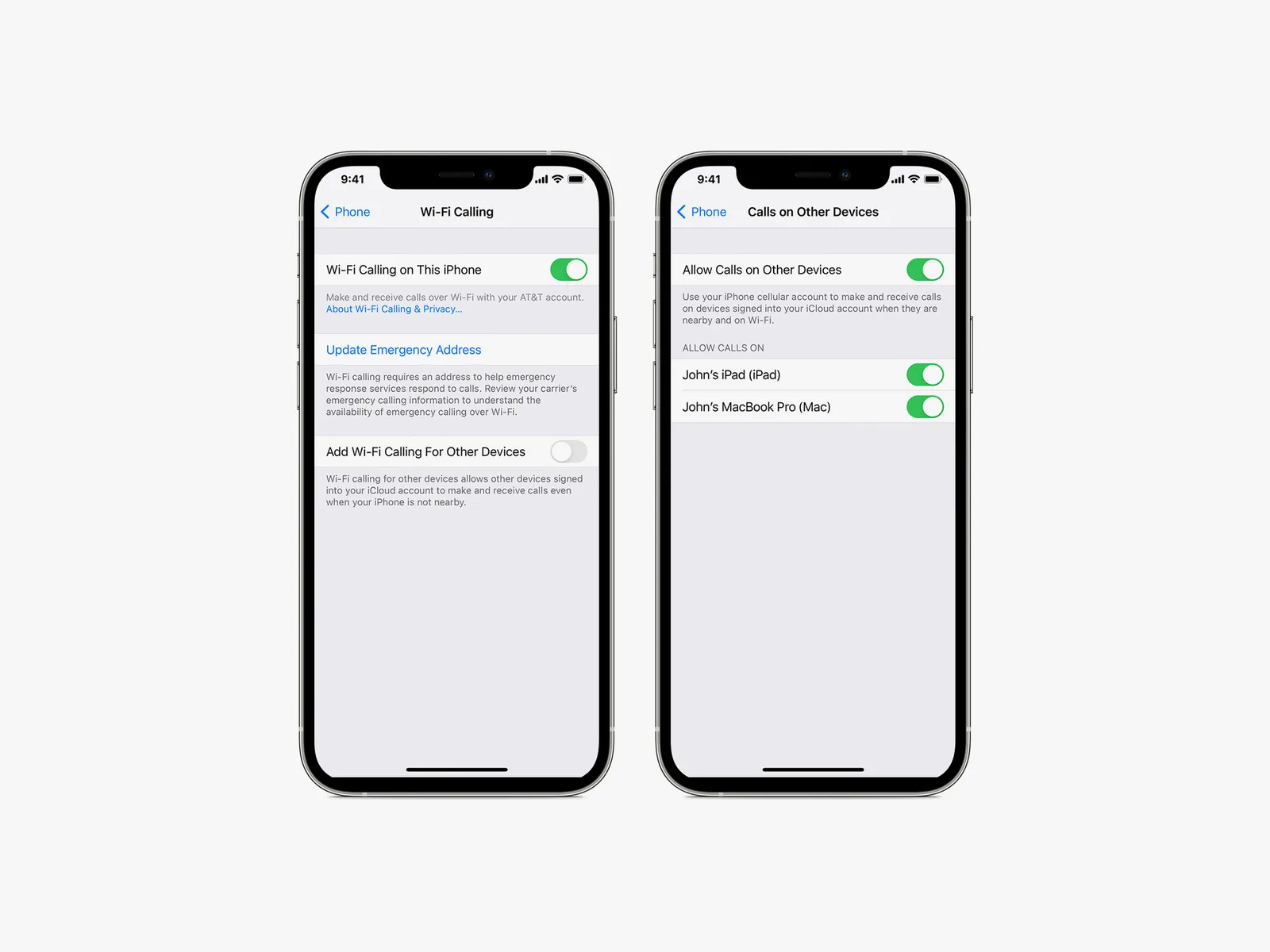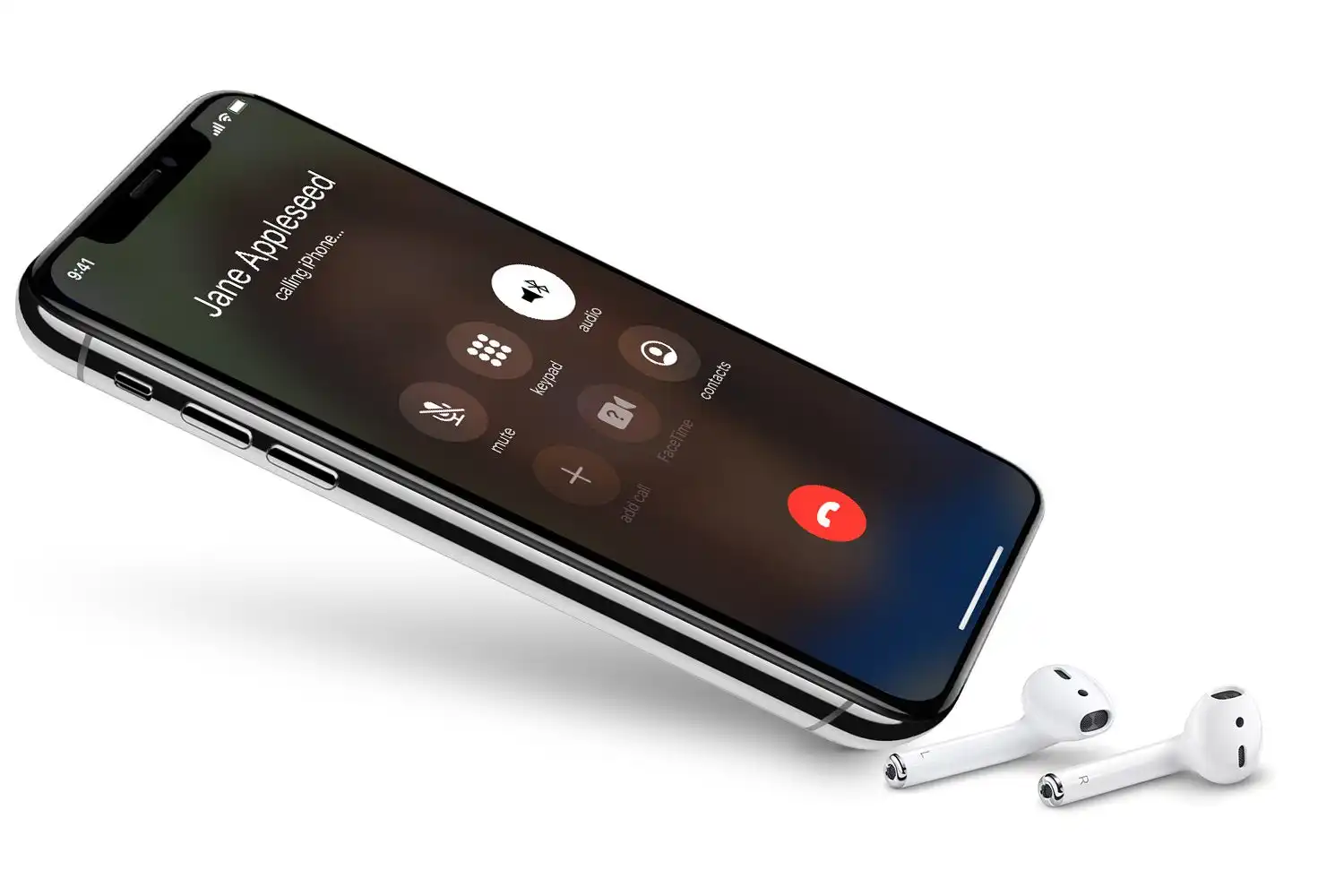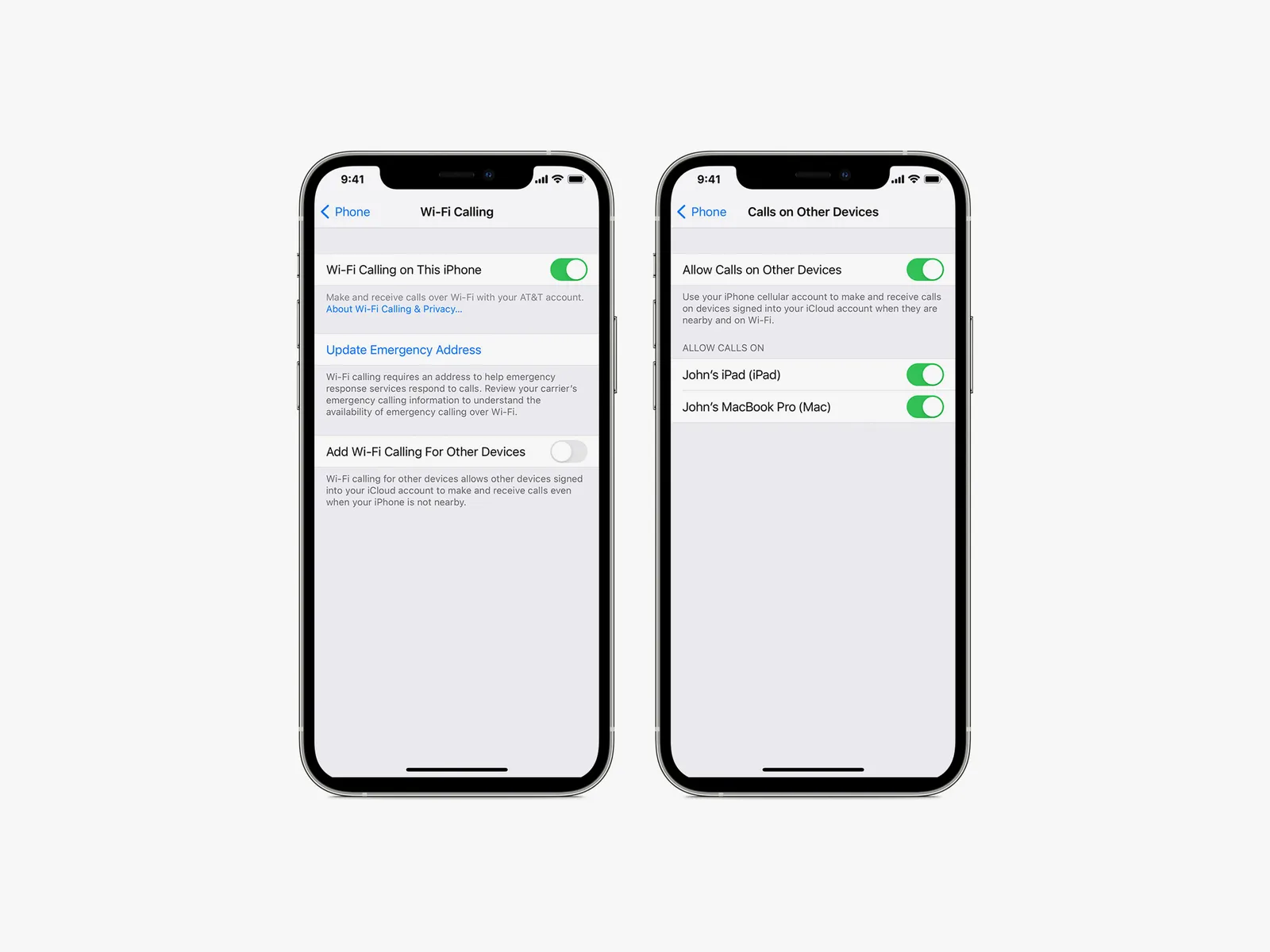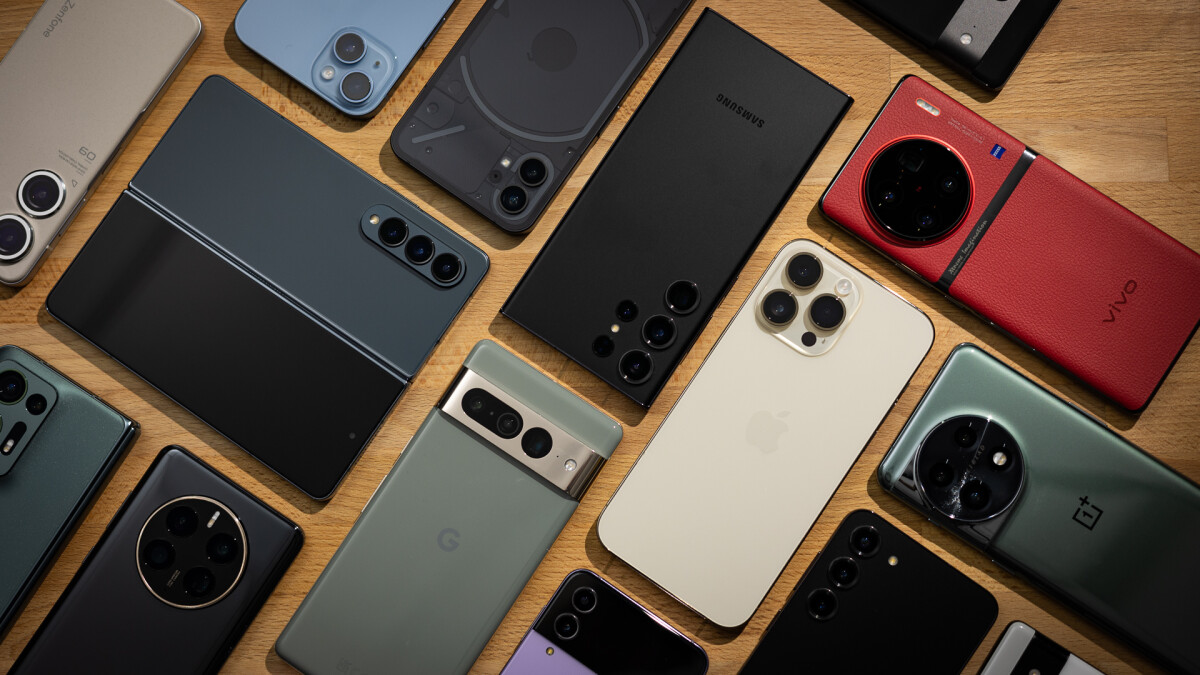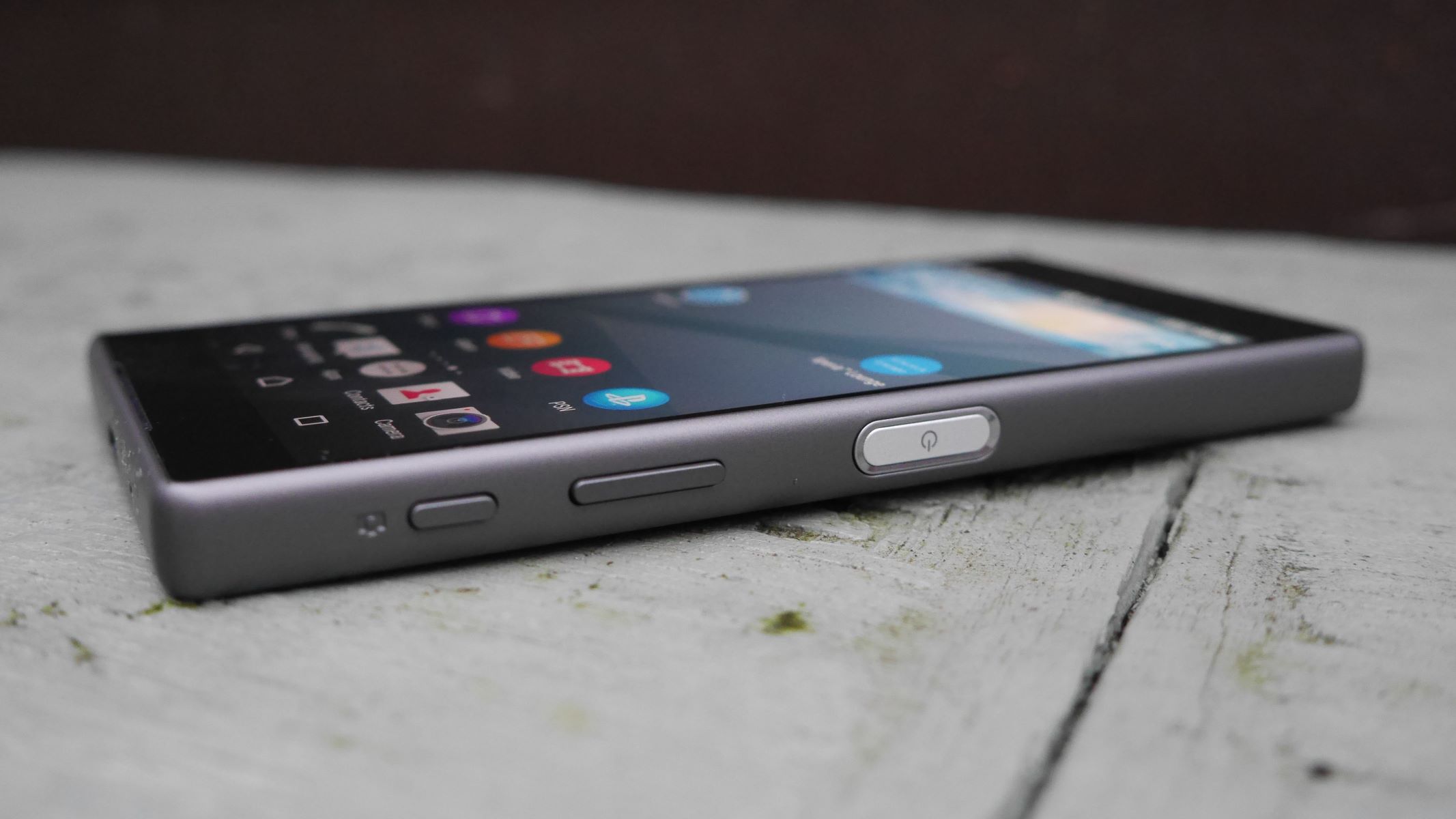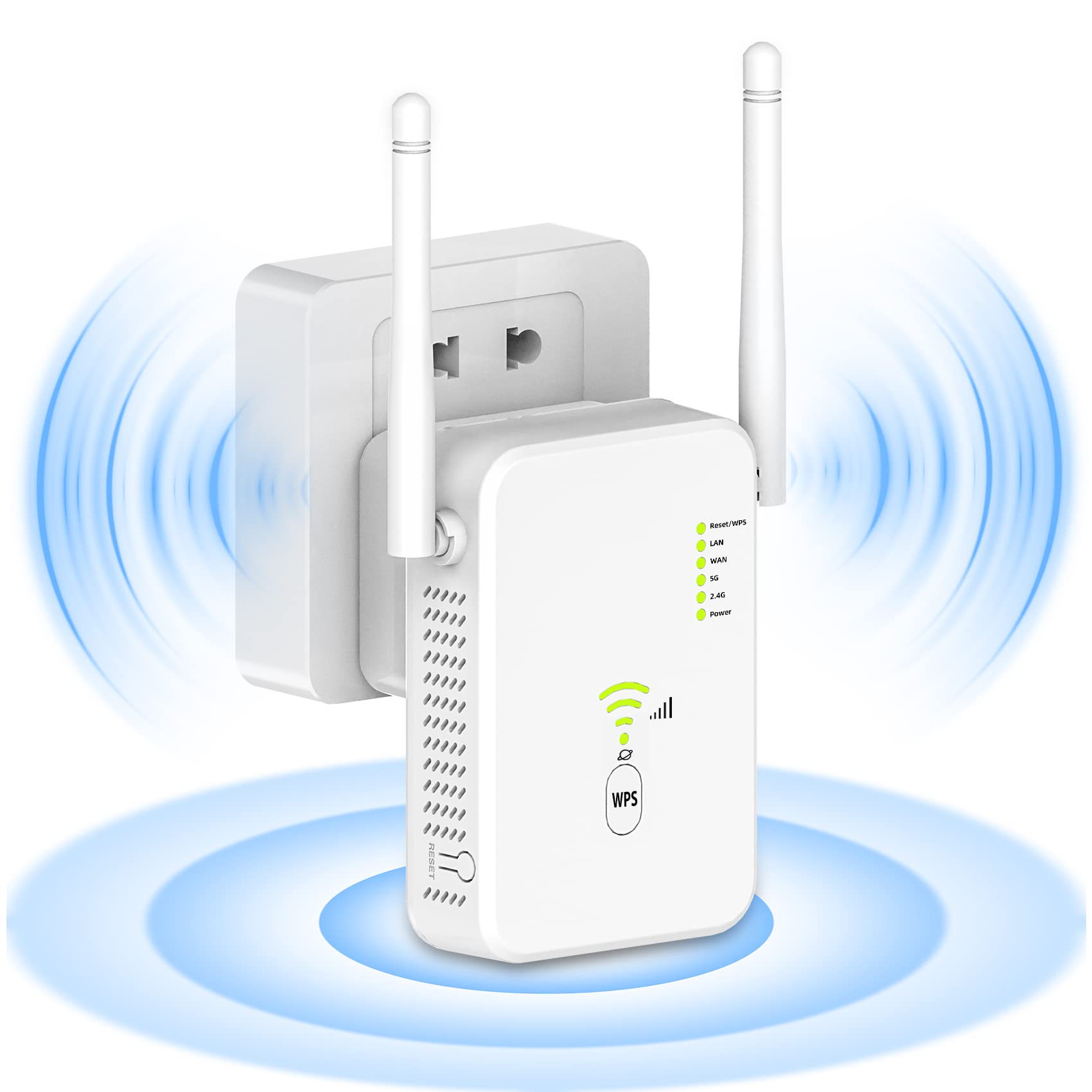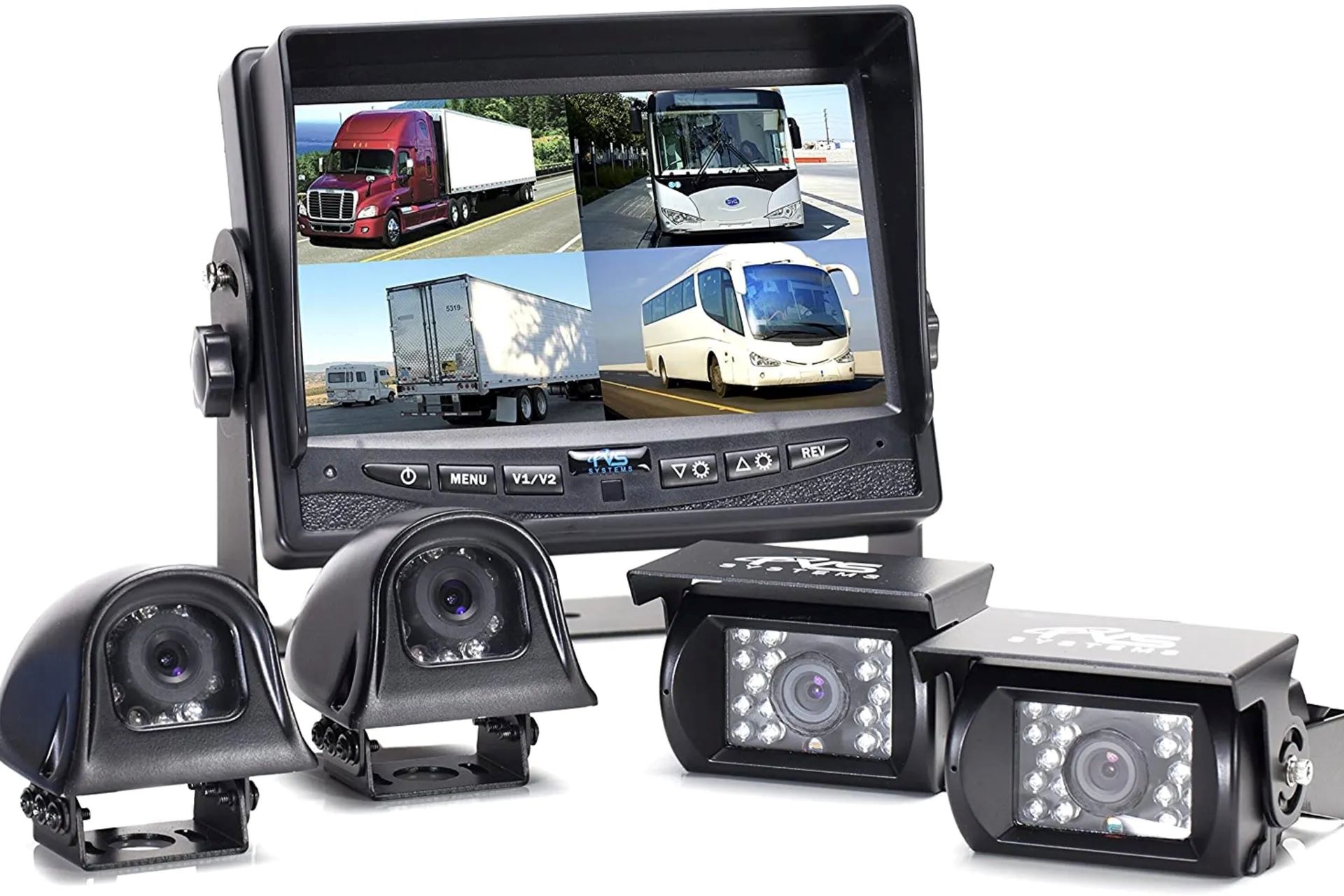Introduction
Wifi calling has revolutionized the way we communicate by providing a seamless way to make and receive phone calls over a Wifi network. With the increasing availability of Wifi hotspots and the advancements in mobile technology, Wifi calling has become a popular feature among smartphone users.
So, what exactly is Wifi calling? In simple terms, it allows you to use your smartphone to make and receive calls using an internet connection rather than relying solely on the traditional cellular network. This technology has proven to be a game-changer, especially in areas with weak cellular reception or when traveling abroad.
In this article, we will explore the ins and outs of Wifi calling, its benefits, how it works, and how to set it up on compatible devices. We will also discuss the differences between Wifi calling and traditional cellular networks, as well as any potential issues you may encounter and how to troubleshoot them.
Wifi calling offers a wide range of advantages to users. First and foremost, it enables you to make and receive calls even when you have limited or no cellular coverage but have access to a Wifi network. This is particularly useful in buildings with thick walls, remote areas, or underground locations where cellular signals struggle to penetrate.
Additionally, Wifi calling provides a cost-effective solution for international travelers. Instead of incurring exorbitant roaming charges, you can connect to a Wifi network and make calls to local and international numbers at a much lower rate or even for free, depending on your service provider and plan.
Another benefit of Wifi calling is the improved call quality. Since calls are transmitted over the internet, which typically offers better bandwidth than cellular networks, Wifi calling generally results in crystal-clear voice quality without any disruptions or drops in connection.
Wifi calling is not limited to just voice calls. It also supports other features such as video calls, messaging, and conference calls. This flexibility allows you to stay connected with your loved ones and colleagues using various communication methods, all through a Wifi connection.
In the next section, we will delve deeper into how Wifi calling actually works and discuss the steps required to set it up on your device.
What is Wifi Calling?
Wifi calling is a telecommunications feature that enables you to use your smartphone or other compatible devices to make and receive phone calls over a Wifi network. Instead of relying solely on the traditional cellular network, Wifi calling uses an internet connection to establish and maintain phone calls.
When you make a call using Wifi calling, instead of transmitting your voice over the cellular network, your device converts your voice into data packets and sends them over the internet. These data packets are then received by the recipient’s device, where they are converted back into voice and heard on the other end of the call.
Wifi calling is not a standalone service but rather a feature provided by mobile service providers. It relies on specific software and protocols that allow seamless integration between your device, the Wifi network, and the service provider’s network. In order to use Wifi calling, you need a compatible device and an active service plan that supports this feature.
One important thing to note is that Wifi calling does not require a separate app or account. It is built into the operating system of your device and can be activated using the settings or phone app.
Wifi calling is beneficial in situations where the cellular signal is weak or non-existent, such as in buildings with thick walls, remote areas, or underground locations. By connecting to a Wifi network, you can maintain communication without relying on a strong cellular signal.
Moreover, Wifi calling offers a cost-effective solution for international travelers. Instead of incurring expensive roaming charges, you can use Wifi calling to make calls to local and international numbers at a lower cost. Many service providers even offer international calling plans or even free Wifi calling to certain countries.
Overall, Wifi calling provides a convenient and reliable way to make and receive phone calls without being solely dependent on cellular networks. Its ability to work over Wifi networks makes it a valuable feature for those in areas with poor cellular coverage, frequent travelers, or individuals looking for more affordable calling options.
Benefits of Wifi Calling
Wifi calling comes with a range of benefits that enhance communication capabilities and provide convenience to smartphone users. Let’s explore some of the key advantages of using Wifi calling:
- Improved Coverage: One of the major benefits of Wifi calling is enhanced coverage. It allows you to make and receive calls even in areas with weak or no cellular signal. By connecting to a Wifi network, you can bypass the limitations of cellular coverage and stay connected.
- Cost Savings: Wifi calling can save you money, especially when traveling internationally. Instead of incurring expensive roaming charges, you can use Wifi calling to make calls to local and international numbers at a significantly reduced cost. Some service providers even offer free Wifi calling to certain countries.
- Enhanced Call Quality: Thanks to the robust bandwidth of Wifi networks, Wifi calling often provides superior call quality compared to traditional cellular networks. Calls made over Wifi tend to have clearer audio and experience fewer disruptions or dropped connections.
- Seamless Handoff: Wifi calling allows for seamless handoff between Wifi networks and cellular networks. If you move out of Wifi range during a call, your device can seamlessly switch to cellular network without dropping the call. This ensures uninterrupted conversations, even while on the move.
- Multi-Device Capability: Wifi calling is not limited to smartphones. Many service providers offer Wifi calling on various compatible devices, such as tablets and smartwatches. This enables you to make and receive calls on multiple devices using the same phone number.
- Flexibility: In addition to voice calls, Wifi calling also supports other communication features, such as video calls, messaging, and conference calls. This flexibility allows you to choose the most suitable communication method based on the situation and your personal preferences.
Overall, Wifi calling expands the reach and reliability of your phone calls, saves you money on roaming charges, and provides a higher quality calling experience. Whether you’re in an area with poor cellular coverage or you’re traveling abroad, Wifi calling is a valuable feature that can greatly improve your communication capabilities.
How Does Wifi Calling Work?
Wifi calling utilizes your smartphone or compatible device’s internet connection to facilitate phone calls. Here’s a breakdown of how Wifi calling works:
- Voice-to-Data Conversion: When you initiate a call, your smartphone converts your voice into data packets. These data packets contain your voice information and are transformed into a digital format that can be transmitted over the internet.
- Internet Transmission: The data packets are then sent through the internet using the Wifi connection. This requires a stable and reliable Wifi network to ensure uninterrupted transmission of the voice data.
- Service Provider Integration: Once the voice data packets reach the service provider’s network, they are decoded and transformed back into audible voice signals. This integration between your device, the Wifi network, and the service provider’s network enables seamless communication.
- Recipient Reception: The recipient’s device receives the voice data packets over their Wifi or cellular connection. The packets are then converted back into voice signals so that the recipient can hear your voice on the call.
It’s important to note that Wifi calling requires compatible devices and an active service plan that supports this feature. The software and protocols used for Wifi calling vary depending on the device and mobile service provider.
Wifi calling also offers a seamless handoff capability. For example, if you begin a call using Wifi calling and subsequently move out of the Wifi network’s range, your device can automatically switch to the cellular network without dropping the call. This ensures uninterrupted conversations as you transition between different network types.
As the technology behind Wifi calling continues to advance, service providers are constantly improving the integration and performance of Wifi calling on their networks. This results in increased reliability, enhanced call quality, and expanded compatibility with different devices and operating systems.
In the next section, we will explore how to set up Wifi calling on your compatible device and the steps required to activate this feature.
Setting Up Wifi Calling
Setting up Wifi calling on your device is a relatively straightforward process. While the specific steps may vary depending on your device and mobile service provider, the general procedure is as follows:
- Check Device Compatibility: Confirm that your device is compatible with Wifi calling. Most modern smartphones offer this feature, but it’s always good to double-check with your device’s manufacturer or service provider.
- Check Service Provider Support: Ensure that your mobile service provider supports Wifi calling. Not all service providers offer this feature, so it’s essential to verify if it’s included in your service plan.
- Enable Wifi Calling in Device Settings: Open your device’s settings and navigate to the “Phone” or “Calling” section. Look for the option to enable Wifi calling and toggle it on. Depending on your device, you may also need to enter your emergency address for emergency services.
- Activate Wifi Calling with Service Provider: After enabling Wifi calling on your device, contact your mobile service provider to activate the feature. They may provide you with a set of instructions or ask you to input some account information to enable Wifi calling on their network.
- Test Wifi Calling: Once Wifi calling is activated, perform a test call to ensure that it’s working properly. Make sure you’re connected to a stable Wifi network and verify that you can make and receive calls using Wifi calling.
It’s worth noting that the specific steps and menus for enabling Wifi calling may vary between device models and operating systems. If you encounter any difficulties during the setup process, reach out to your device’s customer support or your mobile service provider for assistance.
Furthermore, it’s important to keep your device’s software up to date to ensure compatibility and optimal performance of Wifi calling. Regularly check for software updates and install them when available.
By following these steps, you can easily set up Wifi calling on your compatible device and take advantage of its benefits in areas with weak cellular signal or when traveling internationally.
Compatible Devices for Wifi Calling
Wifi calling is a feature that is increasingly supported by a wide range of devices, including smartphones, tablets, and even smartwatches. While specific device compatibility may vary depending on your mobile service provider and region, here are some common devices that are typically compatible with Wifi calling:
- Smartphones: Most modern smartphones, including iPhones and Android devices, offer Wifi calling support. This includes popular models from brands like Apple, Samsung, Google, and more. Check with your mobile service provider and device manufacturer to confirm Wifi calling compatibility for your specific device model.
- Tablets: Some tablets also support Wifi calling, allowing you to make and receive phone calls on your tablet using a Wifi connection. For example, certain iPad models from Apple offer Wifi calling, as well as select Android tablets from various manufacturers.
- Smartwatches: Certain smartwatches equipped with cellular capabilities can also support Wifi calling. This enables you to make and receive phone calls directly from your wrist, provided that the smartwatch has a Wifi connection available. Examples include Apple Watch Series 3 and higher, as well as select Android-based smartwatches.
It’s essential to note that device compatibility for Wifi calling can vary depending on your mobile service provider. Some service providers may offer Wifi calling on a broader range of devices, while others may have more restricted compatibility. It’s always recommended to check with your service provider or refer to their website for a list of compatible devices.
Additionally, it’s crucial to ensure that your device’s software and operating system are up to date. Software updates often include bug fixes, performance improvements, and security enhancements that can optimize Wifi calling functionality on your device.
Before purchasing a new device with the intention of using Wifi calling, it’s advisable to confirm its compatibility with your desired mobile service provider. This can help ensure a seamless and hassle-free experience when using Wifi calling on your device.
In the next section, we will discuss the differences between Wifi calling and traditional cellular networks to give you a clearer understanding of these two communication options.
Wifi Calling vs. Traditional Cellular Networks
Wifi calling and traditional cellular networks serve as two distinct options for making and receiving phone calls. Understanding the differences between these two communication methods can help you make informed decisions about which option suits your needs best:
- Coverage: Wifi calling offers flexibility in areas with limited or no cellular signal. It allows you to make and receive calls over a Wifi network, providing coverage in locations with weak cellular reception, such as buildings with thick walls or remote areas. Traditional cellular networks, on the other hand, rely on cell towers and offer coverage in areas where they have a strong signal.
- Call Quality: Wifi calling often provides superior call quality compared to traditional cellular networks. Calls made over Wifi networks tend to have clearer audio and experience fewer disruptions or dropped connections. This can be especially beneficial in areas with weak cellular reception, where Wifi calling can deliver better voice quality.
- Cost: Wifi calling can save you money on international calls and roaming charges. By connecting to a Wifi network, you can make calls to local and international numbers at a significantly reduced cost or even for free, depending on your service provider and plan. Traditional cellular networks may incur higher costs for international calls and roaming.
- Seamless Handoff: Wifi calling offers seamless handoff between Wifi networks and cellular networks. If you start a call using Wifi calling and subsequently move out of Wifi range, your device can seamlessly switch to the cellular network without dropping the call. Traditional cellular networks do not provide this automatic handoff capability.
- Device Compatibility: Wifi calling is available on a wide range of devices, including smartphones, tablets, and smartwatches. Traditional cellular networks are compatible with all standard mobile devices that support cellular connectivity.
- Emergency Calls: Traditional cellular networks are generally considered more reliable for emergency calls, as they are specifically designed to provide enhanced 911 services. However, many Wifi calling services now include provisions for providing accurate location information to emergency services.
It’s important to note that the availability and performance of Wifi calling and traditional cellular networks may vary depending on your location, service provider, and device compatibility. In some cases, a combination of Wifi calling and traditional cellular networks can provide the best overall calling experience.
Ultimately, the choice between Wifi calling and traditional cellular networks may depend on factors such as your location, travel habits, budget, and personal preferences. Evaluating your specific needs and considering the advantages and limitations of each option can help you determine which communication method suits you best.
Using Wifi Calling Abroad
Wifi calling is especially useful for international travelers as it offers a cost-effective way to stay connected without incurring exorbitant roaming charges. Here are some key points to keep in mind when using Wifi calling abroad:
- Cost Savings: Wifi calling allows you to make calls to local and international numbers at a significantly reduced cost compared to traditional cellular networks. By connecting to a Wifi network, you can avoid expensive roaming charges and enjoy more affordable communication options.
- Free Calling: In some cases, Wifi calling may be entirely free, depending on your service provider and plan. Certain providers offer free Wifi calling to specific countries or include it as part of their international calling packages. Be sure to check with your service provider to understand the specifics of their Wifi calling offerings.
- Internet Connection: To use Wifi calling abroad, you’ll need a stable and reliable Wifi connection. This may be available in hotels, cafes, airports, or other locations. It’s important to keep in mind that the quality of the Wifi network can impact the call quality, so choose reliable networks whenever possible.
- Emergency Services: Wifi calling may have some limitations when it comes to emergency calls while abroad. While emergency calls are possible using Wifi calling, it’s essential to ensure that emergency services in the country you’re visiting can identify your location accurately. It may be necessary to provide your precise location to the emergency operator manually.
- Roaming Data Limitations: While Wifi calling allows you to make calls over the internet, it is important to note that it does not provide unlimited data for other activities such as browsing or streaming. If you rely solely on Wifi calling while abroad, be aware of any data restrictions from your service provider and consider using local Wifi networks for other internet needs.
- Call Quality and Compatibility: Call quality during Wifi calling can vary depending on the stability and speed of the Wifi network. It’s also important to confirm that your device is compatible with the Wifi calling feature in the country you’re visiting. Check with your service provider or consult their website for any specific instructions or restrictions regarding international Wifi calling.
Using Wifi calling abroad can significantly reduce your communication expenses and provide a convenient way to stay connected without relying solely on cellular networks. It’s advisable to plan your international Wifi calling strategy in advance, ensuring that you have access to reliable Wifi networks and understanding any limitations or additional charges that may apply.
In the next section, we will address common troubleshooting tips for resolving potential Wifi calling issues that you may encounter.
Troubleshooting Wifi Calling Issues
While Wifi calling generally provides a seamless calling experience, there may be instances where you encounter issues. Here are some common Wifi calling issues and troubleshooting tips to help resolve them:
- Poor Call Quality: If you experience low call quality or audio issues during Wifi calling, ensure that you are connected to a strong and stable Wifi network. Consider moving closer to the Wifi router or switching to a different network with a stronger signal. Restarting your device or updating its software can also help resolve call quality issues.
- Call Drops: If your Wifi calls frequently drop or disconnect, verify that your Wifi network is stable and not experiencing any interruptions. You can try resetting your Wifi router or contacting your internet service provider if the issue persists. It’s also a good idea to check for any software updates for your device and install them to ensure optimal performance.
- Activation Problems: If you’re having trouble activating Wifi calling, double-check that your device and service plan support this feature. Ensure that you’ve followed the correct steps to enable Wifi calling in your device’s settings. If the issue persists, contact your mobile service provider for assistance in activating Wifi calling on their network.
- E911 Address: When setting up Wifi calling, you may be required to provide an E911 address for emergency services. If you’re having trouble providing or updating your E911 address, check with your mobile service provider for instructions. They will guide you through the process and assist with any issues you may encounter.
- Compatibility: If you’re experiencing difficulties with Wifi calling on a specific device, ensure that the device is compatible with Wifi calling and has the necessary software updates installed. You can consult your device’s manufacturer or service provider for information on device compatibility and troubleshooting specific to your device model.
- Network Interference: Wifi calling may be affected by network interference from other devices or appliances in close proximity. If you notice call quality issues or drops, try relocating your device away from potential sources of interference, such as cordless phones, microwave ovens, or other Wi-Fi devices.
If you’ve tried the troubleshooting tips mentioned above and are still experiencing issues with Wifi calling, it’s recommended to contact your mobile service provider’s customer support. They will have access to specific network information and can assist you further in resolving the issue.
By addressing these common Wifi calling issues and following the troubleshooting tips, you can ensure a smoother Wifi calling experience and stay connected without interruptions.
Conclusion
Wifi calling has transformed the way we communicate by providing a convenient and cost-effective solution for making phone calls over a Wifi network. By leveraging the power of the internet, Wifi calling offers numerous benefits, including improved coverage in areas with weak cellular signals, cost savings on international calls, enhanced call quality, and flexible device compatibility.
Setting up Wifi calling on compatible devices is typically a straightforward process that involves enabling the feature in device settings and activating it with your mobile service provider. Once set up, Wifi calling allows for seamless handoff between Wifi networks and cellular networks, ensuring uninterrupted conversations even when transitioning between different network types.
Using Wifi calling while traveling abroad can significantly reduce communication expenses and provide a reliable option for staying connected without incurring excessive roaming charges. However, it’s important to ensure a stable and reliable Wifi connection and understand any limitations or additional charges that may apply.
If you encounter any issues with Wifi calling, troubleshooting steps such as verifying Wifi network strength, updating software, or contacting your mobile service provider for assistance can help resolve common problems.
Overall, Wifi calling is a valuable feature that offers greater flexibility, wider coverage, and cost savings for making phone calls. Whether you’re in an area with weak cellular reception, traveling internationally, or simply looking for an alternative communication option, Wifi calling can enhance your connectivity and improve your calling experience.
With the continued advancement of technology, we can expect Wifi calling to become even more seamless, reliable, and accessible in the future, further revolutionizing the way we stay connected.







